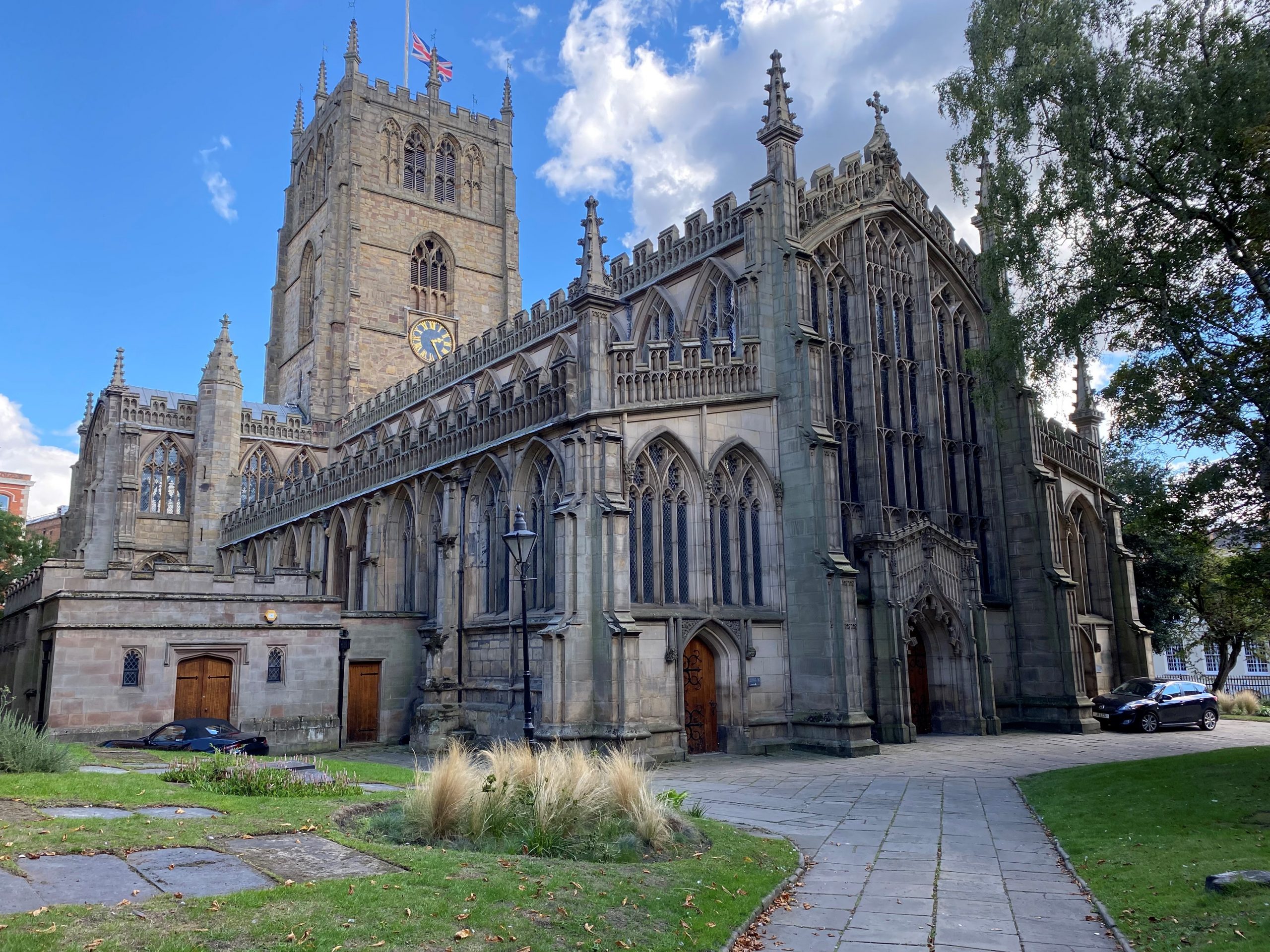Like many UK cities, Nottingham is one that is rich with history and interesting facts. This article will explore the history and backgrounds of just some of the many iconic Nottingham districts.
Wollaton
Perhaps most well-known for its 500-acre park land, Wollaton Park, the area of Wollaton is one that is full of history and interesting facts. Interestingly, Wollaton was not always considered a part of the Nottingham City area, and only became incorporated into the city in 1933. Much of the centre of Wollaton has remained unchanged over the centuries and features many historic cottages. Wollaton is famously known for the existence of the Wollaton Wagonway which is one of the earliest recorded railway lines in the world, dating all the way back to 1604. However, probably the most famous assets of Wollaton is the previously mentioned Wollaton Park. In addition to the wild deer that roam around areas of the park, the site is also the home to the historic Wollaton Hall, which some people may recognise as Wayne Manor from the critically acclaimed Dark Knight film franchise.

Many Nottingham events have and continue to take place at Wollaton Park, including the Splendour music festival and Nottingham Autokarna.
Sneinton
Originally starting out as a small village, this Nottingham district rose to further prominence when in the 19th century, the land between the Sneinton village and Nottingham was sold off to developers, allowing the area to further expand, albeit into an area known at the time for its slum-like setting surrounded by poverty and poor sanitation. The area is widely known for being the residence of the very first Lunatic Asylum to ever be established within the United Kingdom under the 1808 County Asylums Act. The Asylum has since been demolished as of 1902, as is now the site of King Edward Park.

Perhaps one of the other more notable facts about Sneinton is that it was the home to notorious Nottingham serial killer, Mark Martin, who murdered three homeless women from 2004-2005.
Since the 1950s, many economic migrants have settled in to Sneinton after the village (which had been heavily bombed during World War II) had large amounts of modern housing built. To this day, Sneinton has maintained its village sense of community and is one of the lower-ranking inner city areas for crime in Nottingham.
Lace Market
Understood to be the oldest area of Nottingham, the iconic Lace Market district was once the centre of the world’s lace industry during the period of the British Empire. During the 19th century, the Lace Market mainly consisted of warehouses and salesrooms for the storage and sale of lace; a completely different view to the thriving creative quarter that the area is known as today. However, although the scenery has changed substantially over the centuries, the Victorian architecture of many of the buildings has for the most part remained the same. Landmarks such as St Mary’s Church in the Lace Market and The Adams Building (now part of New College Nottingham) remain virtually the same as they were during their creation.

With the decline of lace during the mid-20th century, the working population drastically fell, leading to many of the warehouses becoming derelict. These buildings have since been refurbished into other facilities still around today, including office spaces, apartments, and the many bars, restaurants and shops which attract Nottingham residents.
These are just some of the many historic districts that make up Nottingham.
Let us know in the comments if you have any interesting historic facts about some of the areas that make up Nottingham.
Lead Image: Adam Eaton

